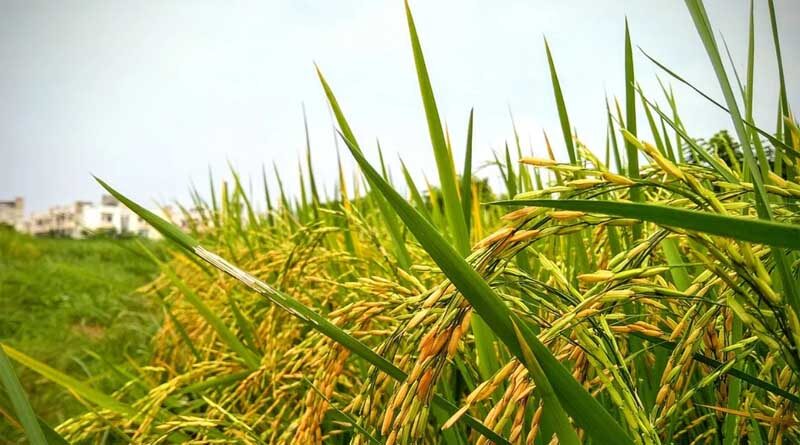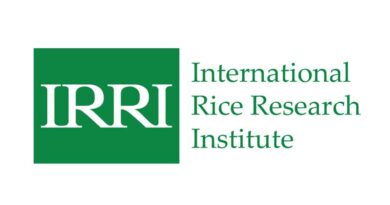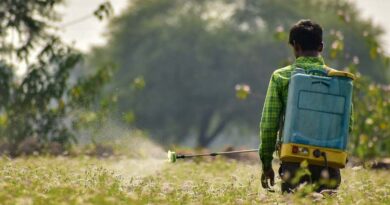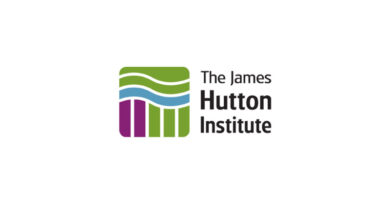Global engagement of Farmers and Experts to discuss benefits of biotech crops and new breeding technologies
13 November 2021, New Delhi: The 15th Pan-Asia Farmers Exchange Programme was virtually held from October 18-22, 2021. It was co-organised by CropLife Asia, CropLife Philippines and the Biotechnology Coalition of the Philippines. The event discussed issues related to the importance of agricultural biotechnology to build resilience to climate change and enhance crop production to achieve food and nutritional security. Scientists, researchers, farmers and other experts from the seed industry expressed their views about the benefits of genome editing technology, Genetically Modified (GM) crops, new plant breeding innovations, and speedy regulatory approvals for new technologies in different countries.
Farmers from Vietnam, the Philippines, Bangladesh, Pakistan explained how the use of biotechnological solutions led to an increase in their profits through higher and better-quality yield and reduction in crop inputs.
Mr Emerson M. Agno, Bt Corn farmer from the Philippines’ Quezon province said “We chose to plant Genetically Modified (GM) Corn because based on our experience, we found the non- GMOs were more prone to pests. They are difficult to maintain, and the harvest is very low, which is around 30 percent compared to GM Corn.” Mr Agno said GM Corn was accepted by most of the farmers in his country as benefits were huge. “The highest GM corn output we have experienced was about 8.1 tons per hectare. If it was non- GMO, we could have harvested around 2-3 tons per hectare. Though it costs more compared to non-GMO seeds, the benefits and returns of a higher yield can cover those costs and more,” he said. Mr Azizur Rahman, from Bangladesh’s Chuadanga District said “Bt Brinjal production cost is lesser than the traditional varieties since there is no use of insecticides. Biotech agriculture is holistic and more useful than other ways of agriculture.”
Expressing confidence in biotech crops for their performance in preventing pests and enhancing output, Bilal Israel Khan, BT Cotton farmer, from Pakistan’s South Punjab said “Cotton is the only biotech crop in Pakistan with over 98 percent of adoption rate. Initial performance, yield and gains are good. Biotech crops of maize is another major prospect especially in the context of growing Fall armyworm menace.” However, other genetically engineered crops could not be released due to stalled approval process, he said. “Approval of biotech maize is currently stalled in Pakistan due to the government’s lethargy and indifference. Hopefully, adoption of biotech maize in China by 2023 will pave a way for commercial approval in Pakistan,” Mr Khan said. Vu Thi Tinh and Ho Cong Bay, both BT corn farmers from Vietnam too expressed confidence in the genetically engineered crop for better output and more farm remuneration.
Dr Rhodora Romero- Aldemita, Director, Southeast Asia Center; Director, Global Knowledge Center on Crop Biotechnology, International Service for the Acquisition of Agri-biotech Application (ISAAA) said that the use of biotech crops has been increasing quite fast, with coverage of 190.4 million hectares by 2019. Dr Aldemita said “Biotech crops contributed to food security, sustainability and climate change. It has helped us to increase production, conserve biodiversity, provide a better environment, reduce carbon dioxide emissions and alleviate poverty and hunger in more than 17 million farmers and 65 million people. The Philippines is the leading GM crop adopter in the Southeast Asia region and non-adopting countries need to adopt it to meet the global food demand. There is evidence that this technology works and hence it is unreasonable to delay and not letting beneficiaries enjoy it.”
Dr Rusell Reinke, team leader, Improving Health Through Safe and Nutritionally Enhanced Rice, International Rice Research Institute (IRRI) said there were around 2 billion people in the world still suffering from malnutrition. He added “It is important that sustainable production of sufficient nutrient rich & staple foods should be accessible, affordable and desirable to all. Golden rice can meet our goals of 30-50% of EAR for women and children and the farmer management is exactly the same as for existing varieties. Farmer and consumer studies is also underway to guide development. Technology needs to work in concert to address food and nutritional security with attention to both quantity and quality. These include conventional breeding using modern breeding techniques for traits like yield. Genetic engineering and gene editing are critical additional tools to address problems such as hidden hunger (micronutrient malnutrition).”
Dr Szalbolcs Ruthner, regulatory Affairs Manager, International Seed Federation (ISF) said that gene editing is a continuum of all knowledge, plant scientists and breeders have accumulated in the past. He added, “This is a part of plant breeding activity, and a part of toolbox plant breeders are using. The main aim is to increase and create genetic variability when they can use it to develop a new variety. The latest breeding methods provide opportunities to target global challenges as well as local needs and can help us achieve sustainable agriculture and food security. Since gene editing works in the own gene pool of plant and does not introduce an external gene, our view is gene editing products should not be considered as GMO.”
Experts are of the view that communicating science is as important as implementing science in laboratories. If research is not rightly communicated, then the work is half done. Studies have shown that when research is understood and consumers are reassured, they are more willing to accept new technologies.















